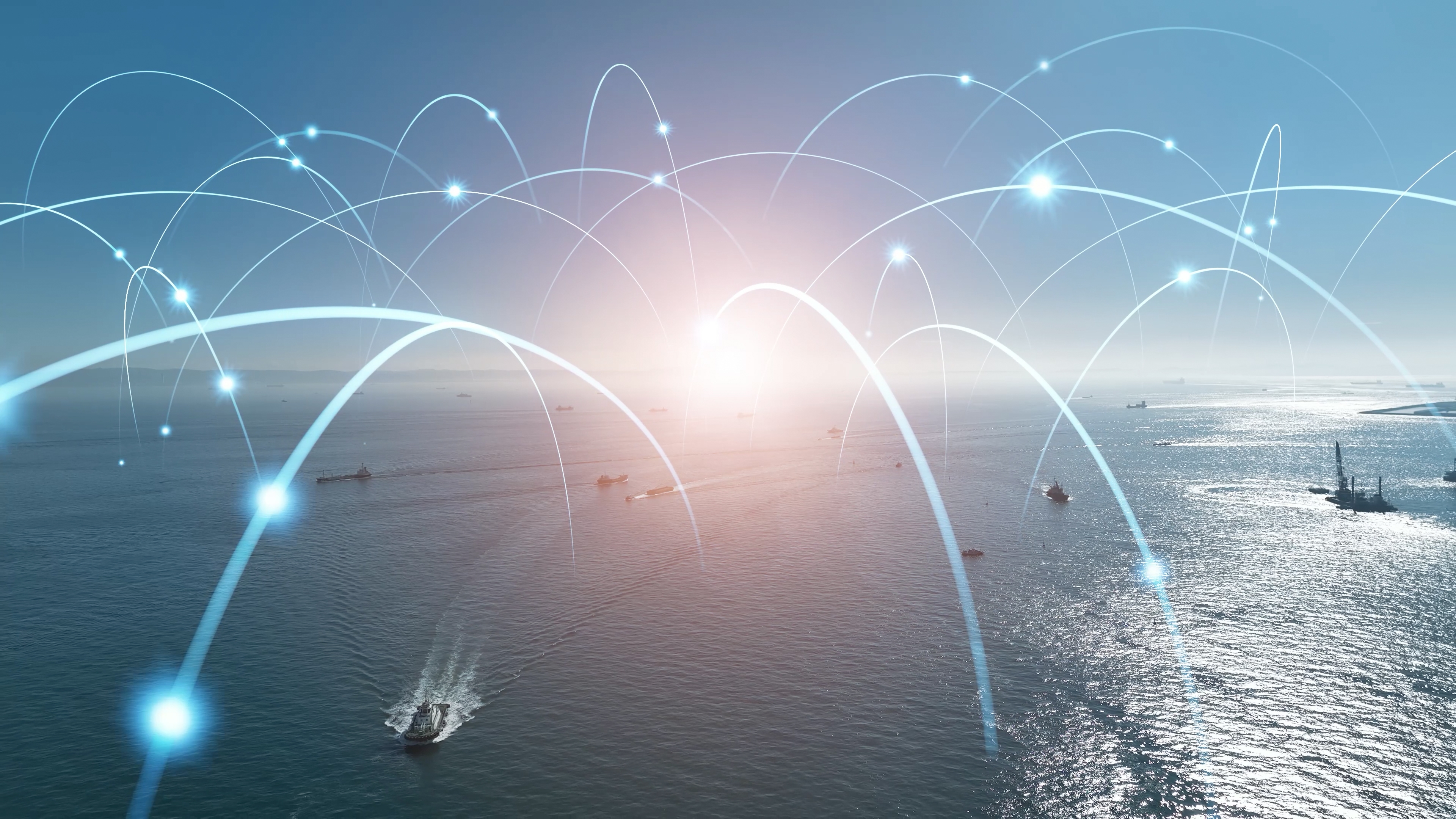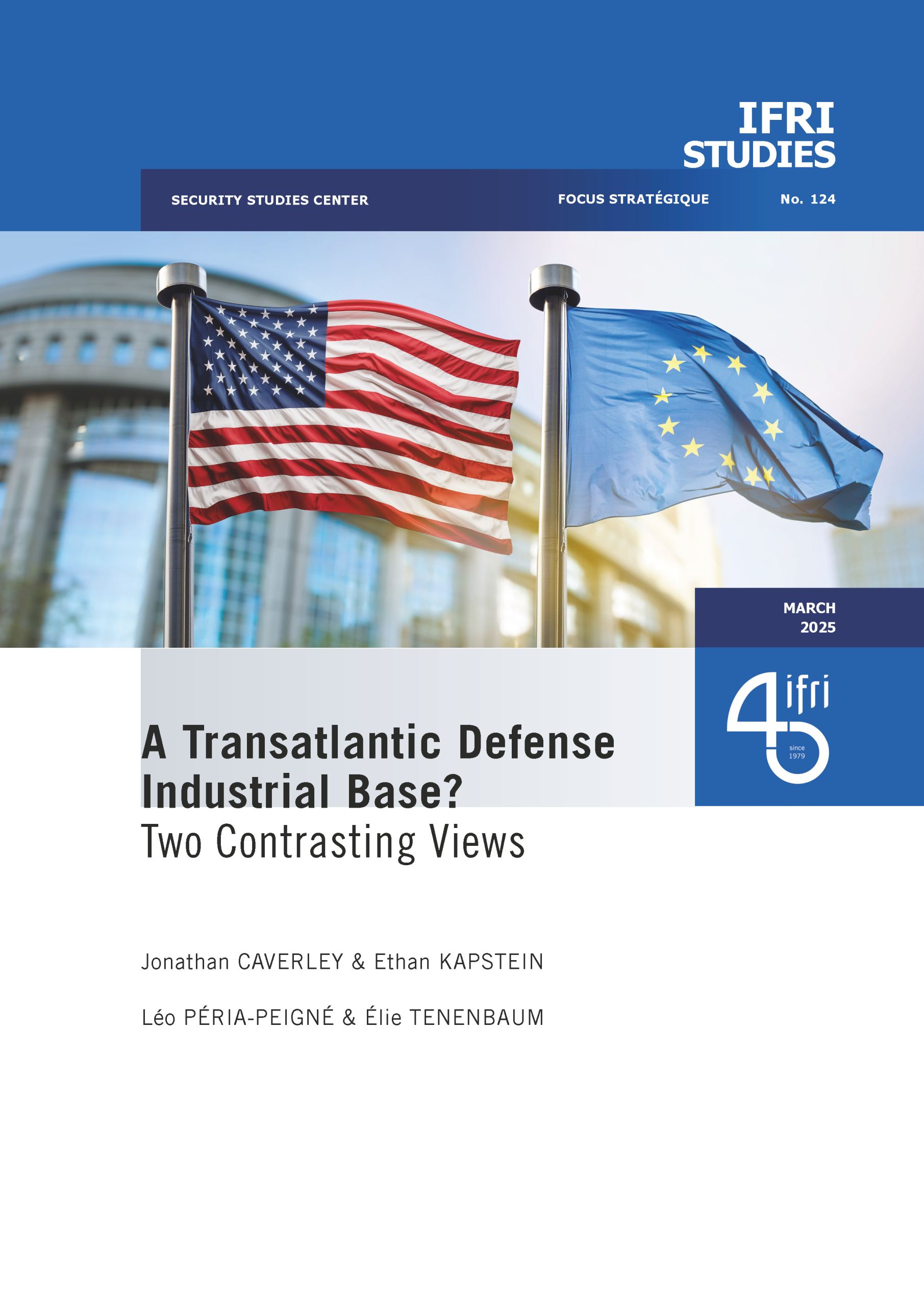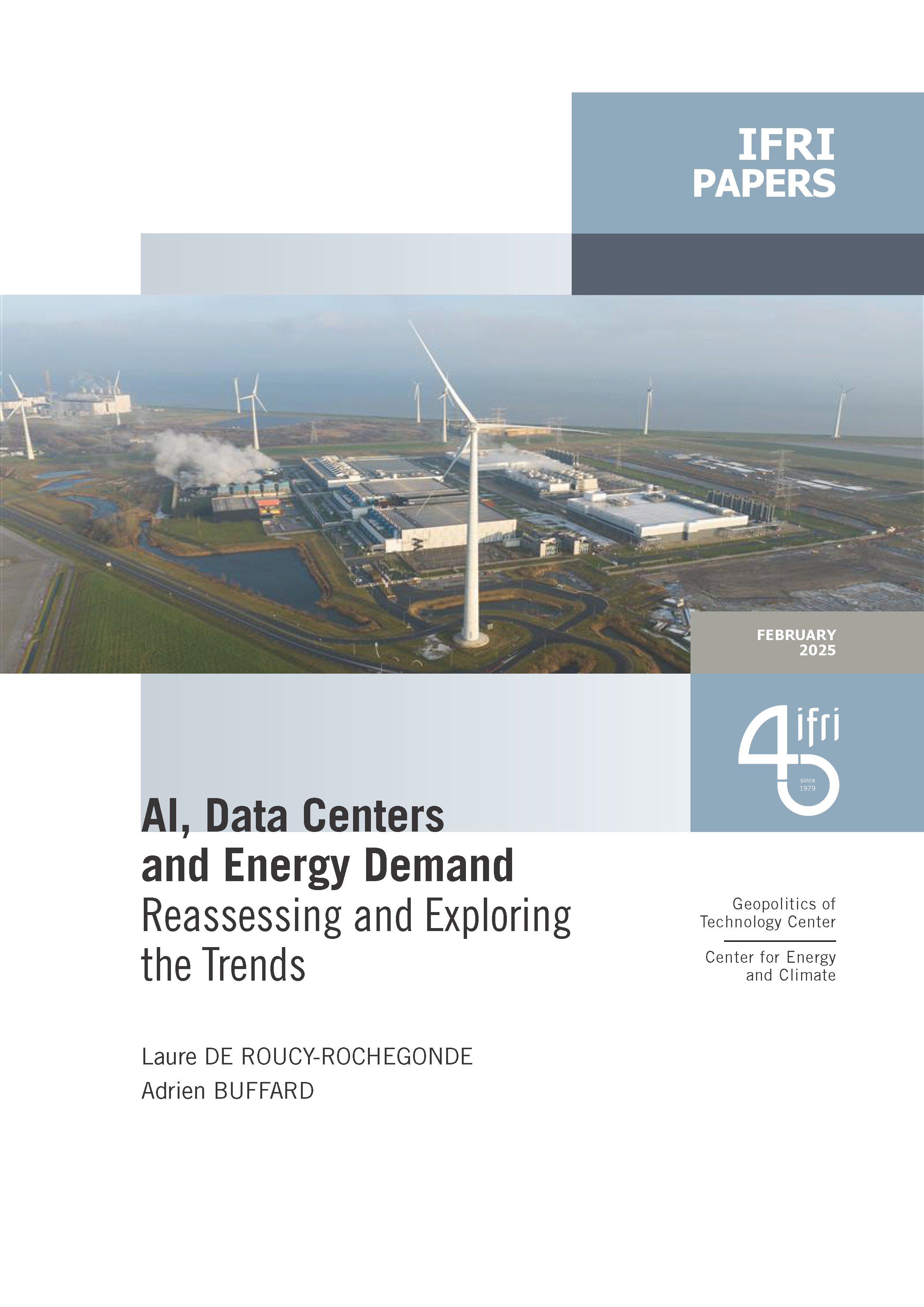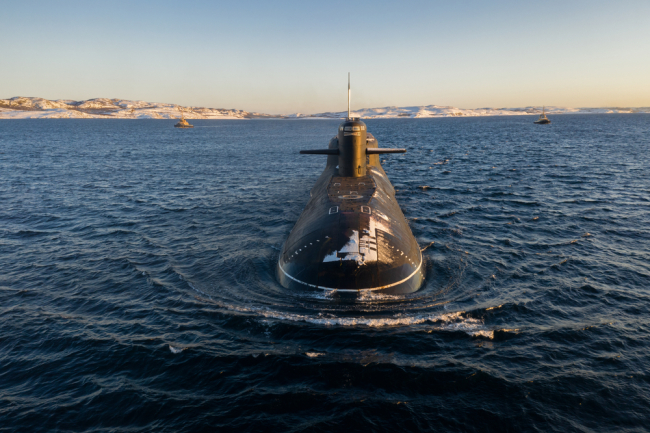"Information Fusion": A Lever of Maritime Power for France?

France is a seafaring nation. The stability of its national economy, trade, and security are inextricably linked to the maritime character of international trade.

Yet the world’s seas and oceans have always lent themselves to various illegal activities due to their immensity, remoteness, and the freedom of navigation that characterizes their legal regime. The sea offers a wide range of potential targets for terrorism or piracy, including merchant vessels, offshore platforms, and submarine cables, the destruction or disruption of which would inflict colossal physical and economic damage. The deliberate use of the maritime domain to commit harmful, hostile, or illegal acts, including against the maritime transportation system, is now a constant threat.
In 2003, the US developed an “information dominance” strategy that gave rise to Geospatial Intelligence (GEOINT). This discipline enables the collection, processing, and dissemination of geo-referenced and geospatial information via the fusion of multi-layer and multi-sensor data. Since 2007, technological innovations, as well as new regulations resulting from the Safety of Life at Sea (SOLAS) Convention, have gradually increased the amount of usable data, as well as our ability to monitor and control activities at sea, while simultaneously developing the maritime aspects of GEOINT.
Against this backdrop, the US developed the concept of maritime domain awareness (MDA). In the US, MDA is understood as a shared approach to maritime threats and changes therein, incorporating several actors to better facilitate coordination and cooperation between the various organizations responsible for security at sea, at the national and international levels. The International Maritime Organization (IMO) defines MDA as “the effective understanding of anything associated with the maritime domain that could impact security, safety, the economy or the marine environment.”
This briefing calls for France to implement a “national plan” and an interministerial governance structure specifically for MDA. This reform would streamline the existing, scattered framework and contribute to at least three of the strategic functions cited in the 2022 National Strategic Review: prevention, knowledge-appreciation-anticipation, and influence.
This Briefing is also available in French: La « fusion de l’information » : levier de la puissance maritime française ?
Download the full analysis
This page contains only a summary of our work. If you would like to have access to all the information from our research on the subject, you can download the full version in PDF format.
"Information Fusion": A Lever of Maritime Power for France?
Related centers and programs
Discover our other research centers and programsFind out more
Discover all our analysesThe Franco-German Brigade and the Revival of European Defense
One thing has been clear since Donald Trump's return to the White House: the very existence of the European unification project is threatened. Unless it develops a sovereign defense policy to counter the war in Ukraine and the weakening of American security guarantees, the European Union will continue to see its internal cohesion and external attractiveness wane.
Taking the Pulse: Can Europeans Build Their Independent Extended Nuclear Deterrent?
Confronted with a U.S. disengagement and the Russian threat, Europeans are reconsidering their stance on nuclear deterrence. Given the capabilities of the French and British arsenals, can Europe develop an independent nuclear deterrent?

RAMSES 2024. A World to Be Remade
For its 42nd edition, RAMSES 2024 identifies three major challenges for 2024.
A Transatlantic Defense Industrial Base? Two Contrasting Views
The evolving landscape of global defense cooperation has brought the transatlantic relationship between the United States (US) and Europe into sharp focus. As geopolitical tensions rise and the threat environment becomes more complex, the question of how Europe can best ensure its security while navigating its relationship with the United States has become paramount. This double feature report offers two contrasting views on the dynamics of US-Europe defense industrial relations, highlighting the challenges and opportunities that lie ahead for both parties.










